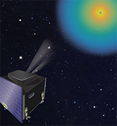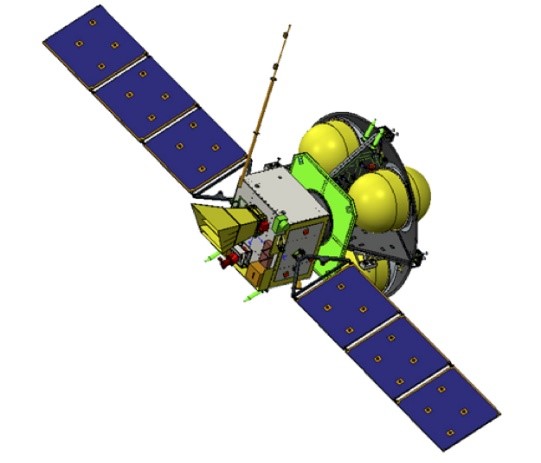Earth Observation and Space Weather
Spectro-imagery aims for the suite of instruments combining spatial information with spectral information. The spectro-imagery includes many applications from remote sensing to the monitoring of manufactured goods along industrial production chains. The range of wavelengths used in such instruments can be broad. The class of instruments is defined by the separation of the wavebands, their numbers, and the spectral resolution of the wavebands. These instruments are called multi-spectral to hyperspectral imagers.
Usually, those instruments are made with classical optical components such as prisms, lenses, gratings, and so on. However, the development of new optical practices, like photonics material, and metasurfaces opens new doors for innovative design and more compact instruments.
The section is involved in the Clear Air initiative. The creation of the Clear Air consortium is intended to strengthen the prominent position of the Netherlands in using satellites to monitor emissions and the composition of the atmosphere.
In addition, the section is involved in the development of the following space missions:
-
Two missions, the Global Lyman-alpha Imagers of the Dynamic Exosphere (GLIDE) and Solar Cruiser, were selected as Solar Terrestrial Probes (STP) Missions of Opportunity. GLIDE will help researchers understand the upper reaches of Earth’s atmosphere – the exosphere – where it touches space. Solar Cruiser demonstrates the use of solar photons for propulsion in space. (NASA Selects Heliophysics Missions of Opportunity | NASA)
-
The Solar wind Magnetosphere Ionosphere Link Explorer, or SMILE, is a joint mission between the European Space Agency (ESA) and the Chinese Academy of Sciences (CAS). SMILE aims to build a more complete understanding of the Sun-Earth connection by measuring the solar wind and its dynamic interaction with the magnetosphere. (ESA Science & Technology - SMILE)

